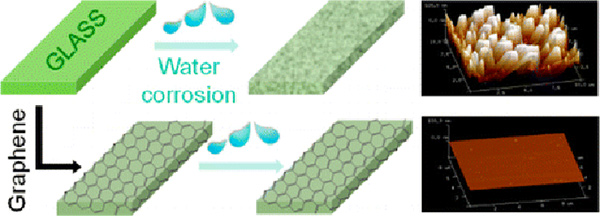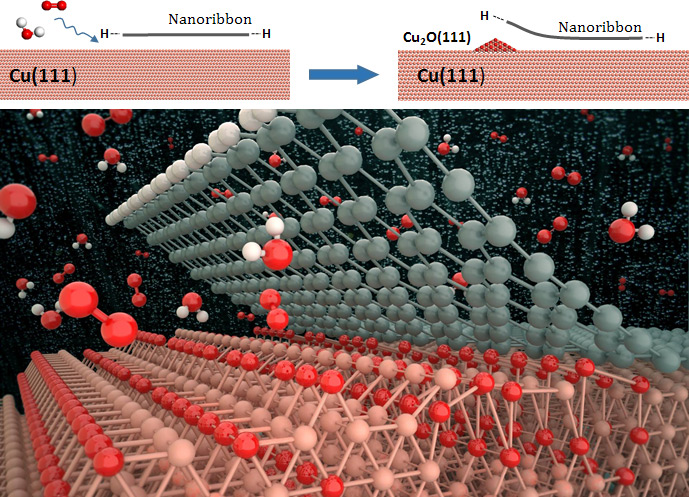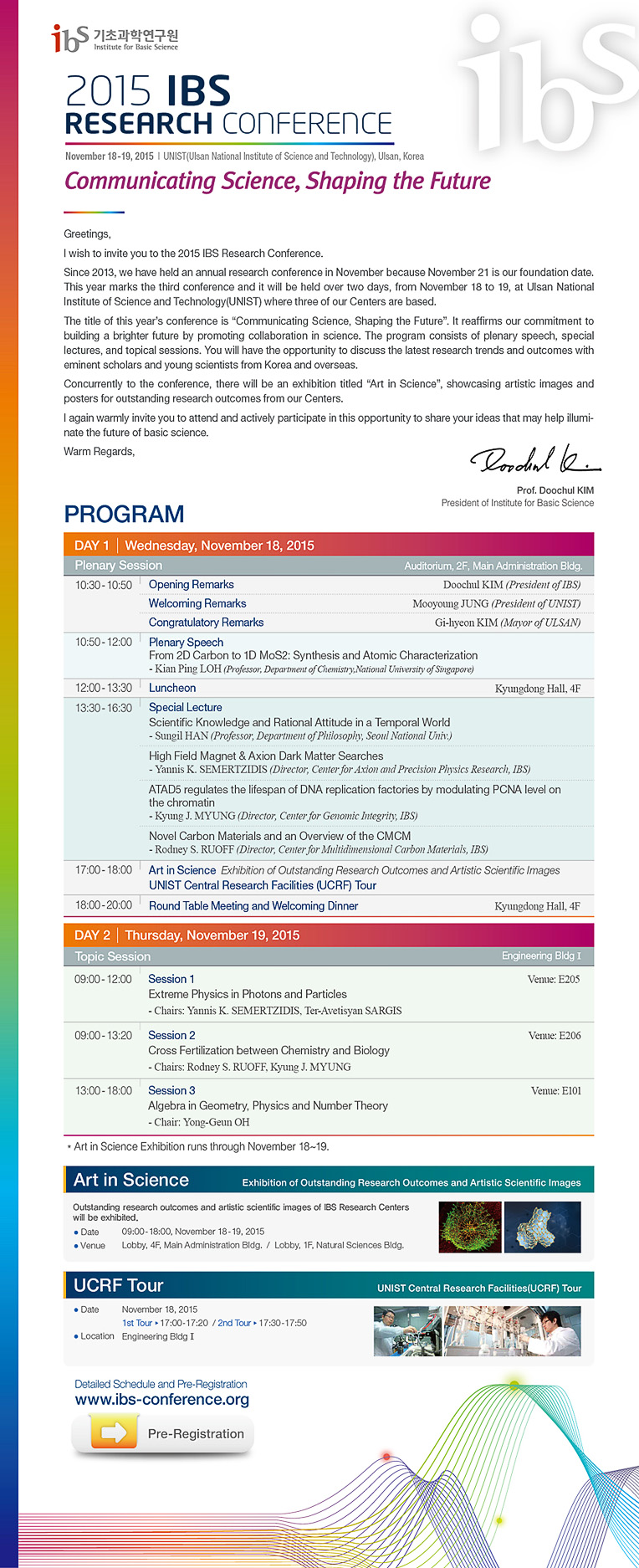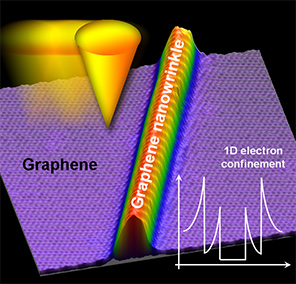UPDATES
IBS Center for Multidimensional Carbon Materials
Total : 61, Now : 10 page

Graphene Cracks the Glass Corrosion ProblemResearchers at the Center for Multidimensional Carbon Materials (CMCM), within the Institute for Basic Science(IBS) have demonstrated graphene coating protects glass from corrosion. Their research, published in ACS Nano, can contribute to solving problems related to glass corrosion in several industries. Glass has a high degree of both corrosion and chemical resistance. For this reason it is the primary packaging material to preserve medicines and chemicals. However, over time at high humidity and pH, some glass types corrode. Corroded glass loses its transparency and its strength is reduced. As a result, the corrosion of silicate glass, the most common and oldest form of glass, by water is a serious problem especially for the pharmaceutical, environmental and optical industries, and in particular in hot and humid climates.Although there are different types of glass, ordinary glazing and containers are made of silicon …
작성자 : 최고관리자
2016.11.25

Peeling Graphene from Copper- Elucidating the intercalation mechanism and pathways for graphene decoupling from the copper substrate -August 30, 2016A recent quantum chemistry study related to delamination of graphene from Cu foil substrates by a research team at the Center for Multidimensional Carbon Materials, Institute for Basic Science (IBS) and the Ulsan National Institute of Science and Technology (UNIST) has provided important information about the intercalation mechanism and pathways for graphene decoupling from the copper substrate through the formation of copper oxide, which has a weaker binding to the graphene than the pure Cu does.
▲ The decoupling of a graphene nanoribbon, showing the chemical reactions of oxygen and water that led to the surface oxidation at the nanoribbon edge sites. The functionalized nanoribbon edges facilitate the molecular dissociation of oxygen and water that serve as the first stage of oxidation.The graphene films,…
작성자 : 최고관리자
2016.11.25

▲ Rodney S. Ruoff, Director of the Center for Multidimensional Carbon Materials [ⓒ=UNIST] Director, IBS Center for Multidimensional Carbon Materials, Prof. Rodney S. Ruoff Honored with SGL Carbon Award Rodney S. Ruoff, Director of the Center for Multidimensional Carbon Materials (CMCM) at the Institute for Basic Science (IBS), and Distinguished Professor at the Ulsan National Institute of Science & Technology (UNIST) in Korea will be awarded the SGL Carbon (Skakel) Award for his outstanding and many contributions to the field of carbon materials. The SGL Carbon Award, sponsored by SGL Carbon Group and the American Carbon Society, is an international award given every 3 years to an individual whose overall contributions and achievements have significantly influenced the progress of the science and/or technology of carbon materials.Director Ruoff has made pioneering discoveries in carbon science for more than 20 years, including discoveries leading to a deeper un…
작성자 : 최고관리자
2016.11.25

2015 Research Conference held at UNIST campus
작성자 : CMCM
2016.11.25

IBS scientists create a band gap in graphene nanowrinklesNovember 9, 2015Carbon is the basis for all known life on Earth and the carbon in our bones originates from stars whose death millions, perhaps billions, of years ago helped to shape and create our planet and the Solar System in which we dwell. Without carbon in the atmosphere life would cease to exist. It is easier to name the compounds that don’t contain carbon than the ones that do. It is as ubiquitous as life itself.Fundamental Element of LifeCarbon is found free in nature in three allotropic forms; amorphous, graphite and diamond. Graphite is one of the softest known materials, and diamond is one of the hardest. This difference is purely because of the arrangement of atoms in each of the two forms. In graphite, hexagonal rings are joined together to form sheets that lie on top of one another. Diamond has a slightly more compact structure and its density is greater than that of graphite. The appearance of diamond is well kn…
작성자 : CMCM
2016.11.25

Prestigious members of the Institute for Basic Science (IBS) were invited to attend a formal ribboncutting ceremony on April 27, 2015 at the Ulsan National Institute of Science and Technology (UNIST) to celebrate the completion of their Low Dimensional Carbon Materials Building. This important occasion was also an opportunity to formally introduce the three, specialized IBS research centers (Centers)hosted bythe university.Before the ribboncutting, UNIST President MuJe Cho welcomed visitors to the ceremony, followed by congratulatory speechesmade by VIP guests, including the IBS President Doochul Kim and the Ulsan Mayor Gi-hyeon Kim.To date, IBS has successfully launched 24 Centers of various types, each headed by internationally respected scientists;those located at UNIST or at other national science and technology universities are known as IBS campus research center…
작성자 : CMCM
2016.11.25
